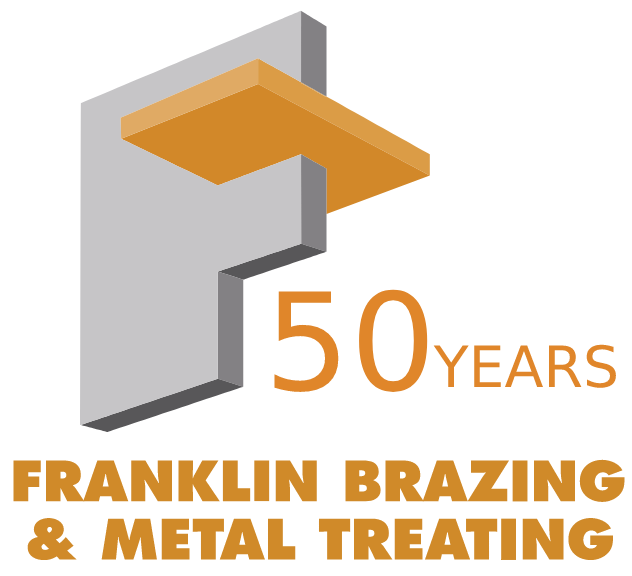When it comes to joining metals, brazing and welding often get mentioned in the same breath. But while both create strong, permanent bonds, the way they work—and the results they deliver—are fundamentally different. Understanding these differences helps engineers choose the process that best fits their design, material, and production goals.
How Brazing & Welding Differ
The key distinction lies in temperature and base metal behavior.
- Welding melts both the base metals and the filler material, fusing them together as they cool.
- Brazing, on the other hand, uses a filler metal with a lower melting point than the base materials. The base metals are heated but not melted; the molten filler flows into the joint through capillary action, forming a strong metallurgical bond as it cools.
This difference in heat input has major implications for material performance and dimensional stability.
Benefits of Brazing Over Welding
For many assemblies—especially complex, high-precision, or high-volume parts—brazing offers clear advantages:
Less Thermal Distortion
Because base metals don’t melt, brazed parts retain their original mechanical and dimensional properties.
Cleaner, Oxidation-Free Joints
In controlled atmosphere brazing, joints form in a protective environment, resulting in bright, contamination-free surfaces.
Join Dissimilar Metals
Brazing allows joining of materials with different melting points, such as stainless steel to copper or carbon steel to nickel alloy.
Higher Repeatability
Continuous belt furnace brazing ensures consistent heating and cooling, ideal for production-scale manufacturing.
Aesthetic and Functional Strength
Brazed joints are smooth and leak-free—ideal for hydraulic, automotive, and aerospace applications.
When Welding Still Makes Sense
Welding remains essential for structural fabrication or applications where mechanical loads exceed what brazing joints are designed to handle. It’s typically the right choice when:
- Joint strength depends on bulk weld penetration.
- Cost sensitivity outweighs precision requirements.
- Appearance and post-processing are less critical.
For many precision assemblies, though—especially where tight tolerances and clean surfaces matter—brazing offers superior control and reliability.
Brazing vs. Welding: Choosing the Right Process
At Franklin Brazing & Metal Treating, we specialize in high-quality continuous belt furnace brazing and controlled atmosphere brazing, allowing us to achieve consistent, high-performance results across stainless, carbon, nickel, and copper alloys. When strength, precision, and repeatability matter, brazing delivers where welding can’t.
Ready to Discuss Your Next Project?
Contact Franklin Brazing to see how our brazing processes can optimize performance, consistency, and cost efficiency in your assemblies.




